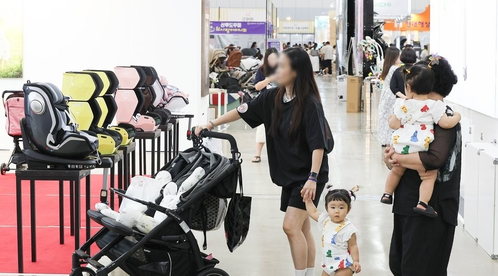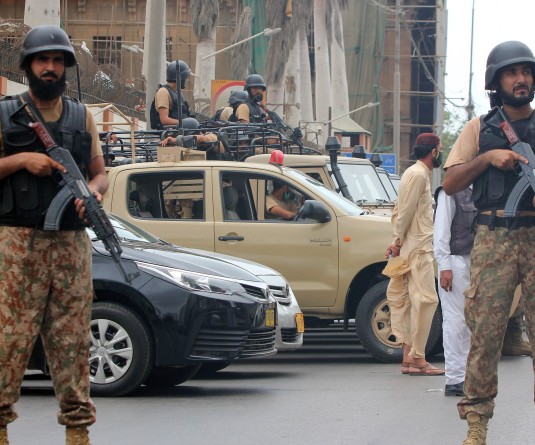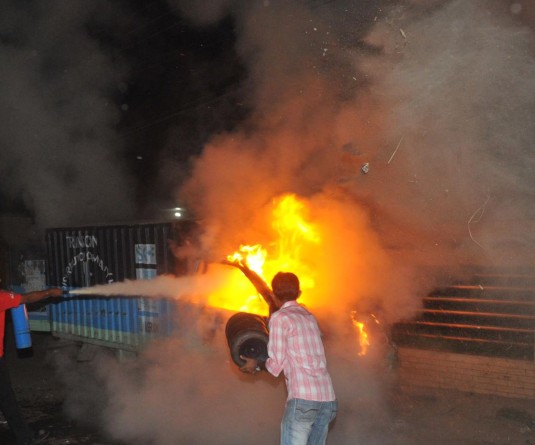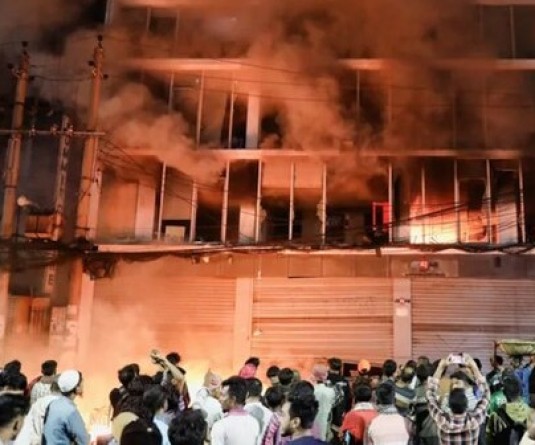IANS Photo

Seoul, September 12 (IANS) More than half of the regions in South Korea are facing the risk of losing population completely, amid the country's critically low birth rate, data showed on Tuesday.
Of South Korea's 228 administrative districts, 118, or 51.8 per cent, saw the population risk index fall below 0.5 as of February, according to the Ministry of Economy and Finance.
The population risk index is calculated by dividing the number of females aged 20 to 39 by the population of those aged 65 and above, reports Yonhap News Agency.
A region is classified as a risk-prone area when it falls below 0.5.
"(The decline) will impose burdens on the regional economy and finance, posing a threat to the survival of local communities," First Vice Finance Minister Kim Byoung-hwan said during a government meeting on addressing the regional population issue.
Kim added the decline of regional communities will eventually hurt the country's economic competitiveness, emphasising the importance of creating jobs in such regions to prevent the outflow of population.
"We need to foster regional industries to prevent the outflow of people and have companies and talented workforces gather in provinces," he added.
Meanwhile, only 18,615 babies were born in June, down 1.6 per cent from a year earlier to hit another fresh low, a monthly report from Statistics Korea showed last month.
In contrast, the number of deaths in the country shot up 7.6 per cent over the period to 26,820 amid the aging population, resulting in a natural decrease in population by 8,205.
The trend of deaths surpassing births has continued for 44 straight months.
The country's total fertility rate, the average number of children a woman bears in her lifetime, came to a record low of 0.7 in the second quarter of 2023, much lower than the replacement level of 2.1 that would keep South Korea's population stable at 51 million.






